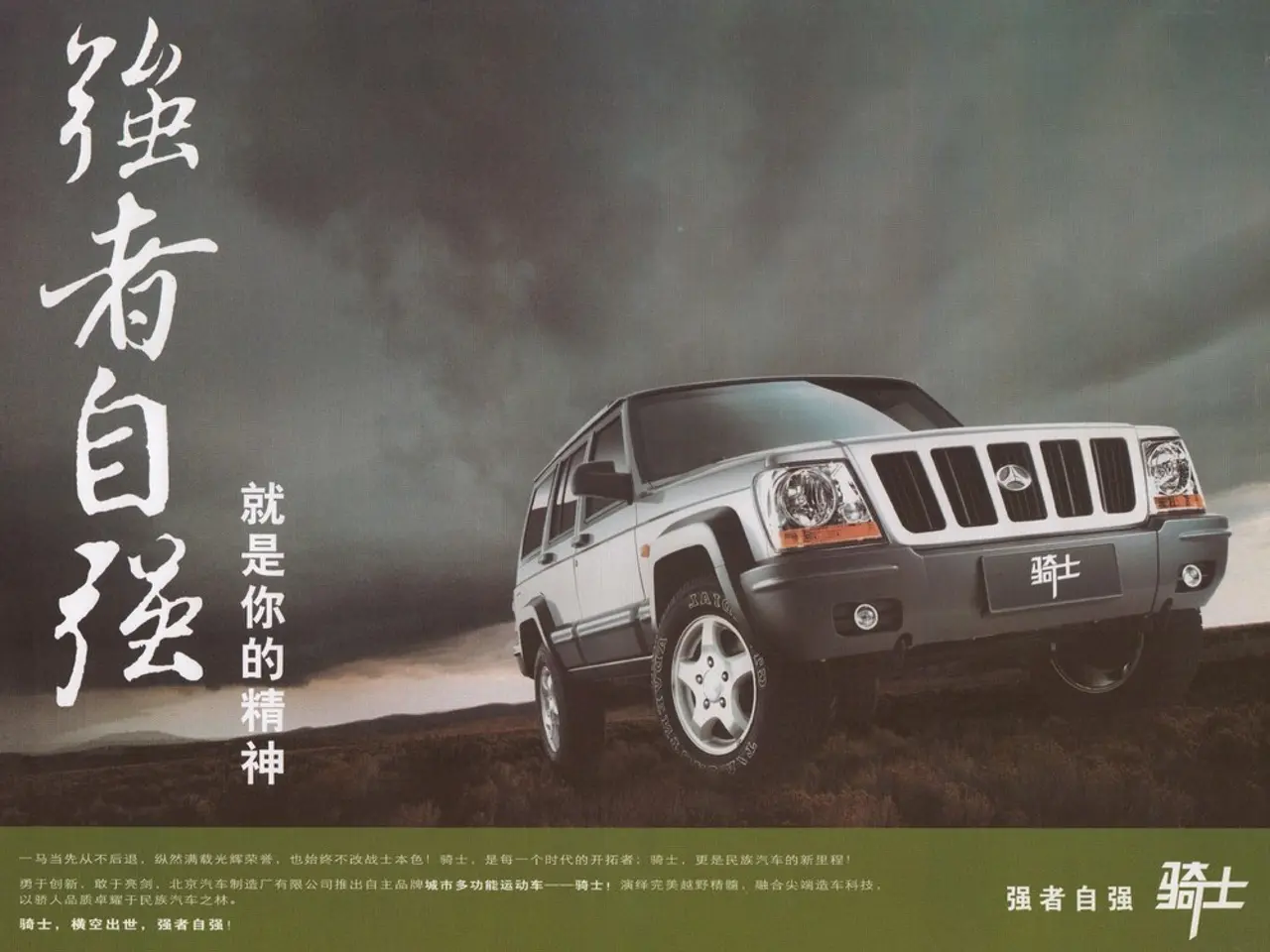U.S. administration persists in levying fresh tariffs on various Chinese goods imported into the country. - U.S. authorities persist in imposing fresh tariffs on goods imported from China
US-China Trade Dispute Extended Until November 2025
The ongoing US-China trade dispute has taken a new turn, with President Donald Trump extending the tariff truce until November 10, 2025. This extension maintains the current tariffs at 30% on Chinese imports to the US and 10% on US exports to China.
The decision, announced on August 11, 2025, comes as a relief to both countries, preventing a planned sharp escalation that would have raised US tariffs on Chinese goods to 145% and China’s retaliatory tariffs on US goods to 125%, a level approaching an effective trade embargo.
The tariff truce extension is seen as paving the way for a potential Trump-Xi summit later in the year, offering a glimmer of hope for substantial progress in the trade talks. The extension was emphasized by Trump as a necessary step to ensure economic stability and retail supply chain needs, particularly during the critical holiday season.
The trade dispute between the two economic powerhouses has been marked by escalations and counter-escalations since April, when the US implemented a 34% "reciprocal tariff" on most Chinese imports. China responded with equal tariffs on American goods and restrictions on rare earth exports essential for high-tech industries.
In a strategic move, the US also imposed a 50% tariff on semi-finished copper products based on Section 232 of the Trade Expansion Act, effective August 1, 2025. This tariff is separate from the China tariffs but illustrates ongoing US tariff activism under President Trump’s administration.
China, for its part, has shown openness to progress, with a commentary in the state-run "People's Daily" stating that Beijing is ready to achieve substantial progress with Washington. However, tensions remain high, with tariffs still significantly elevated compared to pre-dispute levels.
The US intends to continue talks with China to address trade imbalances, as both governments emphasize stability and further negotiations. The last round of talks took place in London in June, but no significant progress was made. A direct dialogue between Presidents Trump and Xi Jinping is considered crucial to set political guidelines beyond technical details.
As the November deadline approaches, the world waits with bated breath to see how the US-China trade dispute will unfold. The stakes are high, with both countries' economies deeply intertwined and the potential for further escalation a cause for concern.
- EC countries are closely monitoring the US-China trade dispute extension, as they value the freedom to provide services in their industries, finance, and business sectors, which might be affected by any trade embargo.
- In the midst of this prolonged trade dispute, political leaders in various countries, including those of EC nations, are calling for the prioritization of general-news items and diplomatic relations to ensure global economic stability.
- The ongoing US-China trade dispute has also impacted the free movement of workers, as businesses in both countries are reevaluating their strategies, and some industries are experiencing labor shortages due to uncertainty in the supply chain.




